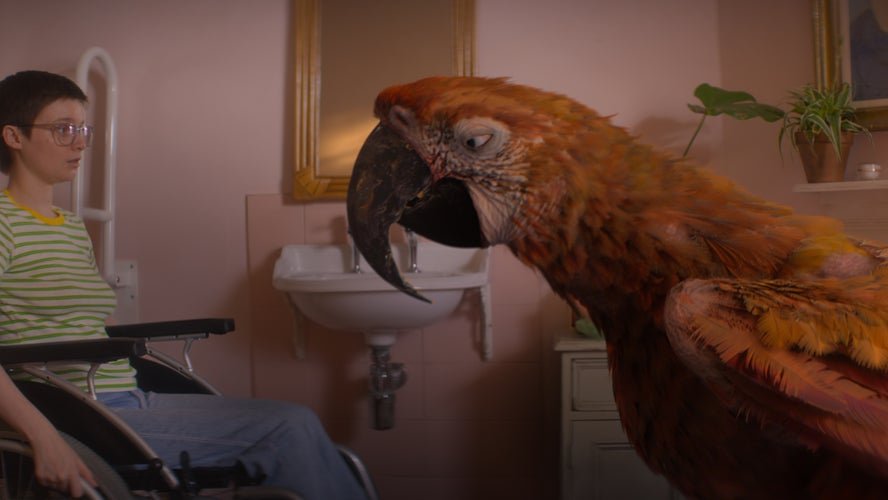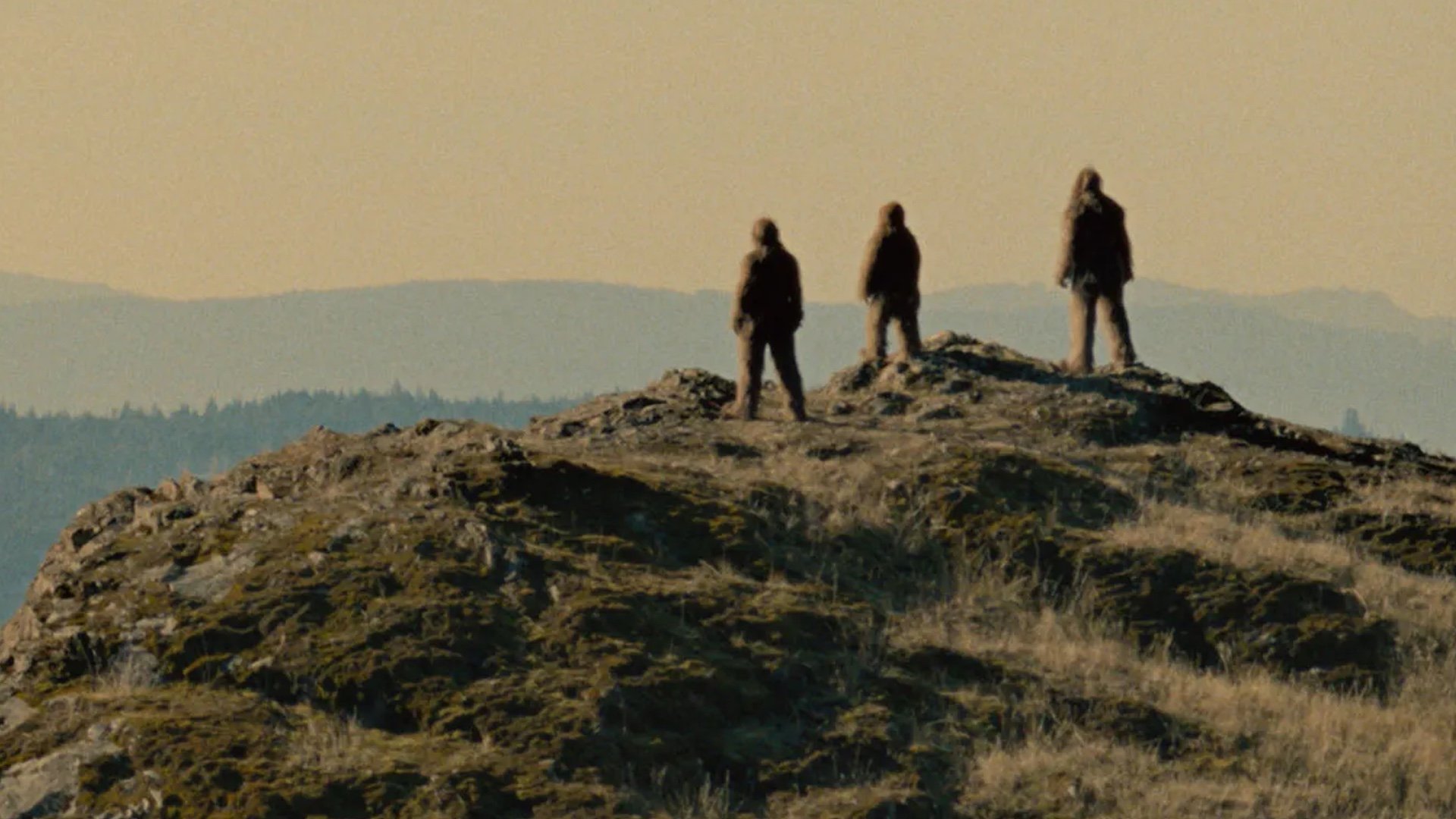A MINECRAFT MOVIE
Directing: B
Acting: B-
Writing: B
Cinematography: B
Editing: B
Special Effects: B+
I could have had a field day ripping A Minecraft Movie apart—if it weren’t funny. But, the thing is, I laughed a lot. And maybe you won’t. Maybe you will. This movie has a pretty specific and peculiar sensibility, which gets very goofy and dumb, for no other reason that its self-reward. It spoke to me. And I don’t even have the slightest bit of knowledge or familiarity with the 2011 video game on which it’s based, although plenty of the action feels like a video game. Or what I imagine a video game to be like, anyway. What do I know? I played a few video games at a friend’s house in the summer of 1989, decided fairly quickly that it wasn’t for me, and haven’t bothered with it since. Most of this movie’s audience will have been born after that.
How easily I settled into A Minecraft Movie’s delightfully absurdist humor only better serves to recommend it. Anyone open to its brand of humor can enjoy this movie, whether they’re familiar with the video game or not. Granted, the setup a paper thin and utterly stupid, introducing us to Jack Black’s Steve, a doorknob salesman with a lifelong dream of being a miner. He follows his dream, goes down into a mine, and within minutes uncovers an “orb” (it’s actually a cube) that opens a portal into “the Overworld,” a place where creativity knows no bounds—well, except for the unstated fact that apparently everything has to be designed in cubed shapes.
Anyway, everything that so quickly gets Steve to the Overworked is ridiculously convenient and untied to any backstory to give Steve any character dimension whatsoever. I don’t seriously think this is the case, but I suppose you could argue that this setup is itself a meta commentary on the thinly contrived characters in any typical movie of this ilk. There are no intellectual pursuits here—getting right to the delightful absurdities is very much the point.
I could have lived without the way Jack Black’s delivery is far more over the top than it needs to be, every single line he delivers. He’s overly excited about everything he sees onscreen, or even any particular thought he has. It’s on-brand for Jack Black, I guess, and makes him fit better in the Overworld than he does in the real world. The others that find themselves sucked into this world give more naturalistic performances, with the exception of Jason Momoa as Garrett “The Garbage Man” Garrison, a former “Gamer of the Year” in—speak of the devil!—1989.
Not all of the humor in A Minecraft Movie lands. What makes it work is that most contemporary absurdist comedies, especially wide-release big-budget ones, have far more humor that falls flat than that works. A Minecraft Movie is the other way around. For every gag that doesn’t work, there are five that do. I laughed far more consistently at this movie than I expected to.
Not all of the characters really work either, to be fair. Jennifer Coolidge appears as a high school Vice Principal, who invites a Minecraft villager to dinner after he wanders through the portal to the real world and she hits him with her car. Director Jared Hess, working with a script written be a team of six writers, cuts back and forth between the Overworld action and this dinner date, enough times to make you wonder what the point of the dinner scenes even is. In the end, the point seems to be only to get to a bit between Coolidge and the CGI villager during the end credits. Well, the bit is hilarious, one of the funniest things in the movie, so I guess it’s worth it?
Rounding out the principal cast are Sebastian Hansen as Henry, a very creative kid just starting high school in the Idaho town of Chuglass; Emma Myers as Natalie, Henry’s older sister who hardly looks like she should be out of high school herself (Myers is 23) and has been hired as the social media manager for the town’s potato chip factory; and Danielle Brooks as Dawn, the local real estate broker with a mobile zoo as a side hustle. Brooks in particular is a known talent who is somewhat wasted here, as all these characters are easily interchangeable with any serviceable actor, but they’re still all fun enough. Momoa, Coolidge and to a lesser degree Jack Black provide the most color as characters, although only Momoa provides a kind of colorfulness that fits neatly into the video-game-adaptation context.
The bottom line is, none of the plot, such as any plot exists, matters. What matters is a bevy of well-executed, adorably bizarre details, such as the villainous borde of cube-headed “piglins” from another dimension, led by a piglin witch named Malgosha. By and large, there is little to no rhyme or reason to anything that happens in A Minecraft Movie, but it’s the execution that makes it work—humor that works more often than it doesn’t; and more actors with charisma than without. It’s an impressively staged bit of organized chaos, set in a world rendered with surprisingly artful special effects. It’s a movie that is ultimately meaningless but kind of a blast, but sometimes a mindless blast is its own reward.
Which of these characters is the most fun? You get one guess!
Overall: B










